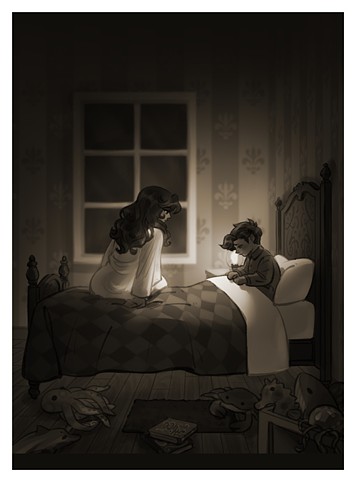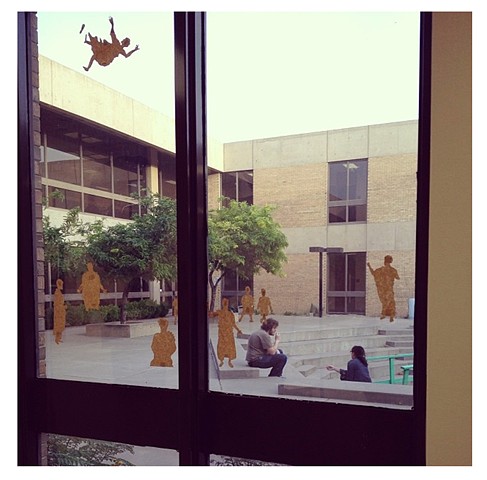Teaching Portfolio
TEACHING PHILOSOPHY
My teaching philosophy is firmly grounded in the cultivation of a profound understanding and appreciation of art while nurturing the personal growth of every student. I embrace a holistic instructional model that revolves around three essential components: visual analysis, art production, and critical/historical analysis, all purposefully designed to bolster each student's unique development.
At the core of my approach lies an emphasis on honing technical skills and conducting in-depth research. This is complemented by the cultivation of a cohesive and conceptual visual language. My ultimate goal is to empower students to recognize and harness their own creative potential. The learning environment I cultivate is one that actively celebrates cultural and social diversity, embracing varied learning styles and fostering individual growth, enhancing the skill sets of each student.
This philosophy thrives on active collaboration between both my students and myself. This fosters a sense of responsibility in students for their own learning and the ability to demonstrate competence, ultimately enabling them to take ownership of their personal development.
I've had the privilege of advising, mentoring, and collaborating with students in various programs and clubs, resulting in the creation of campus-wide and community-based activities that aim to deepen understanding and engagement with the arts. These initiatives include student exhibitions, art publications, art film series, and symposiums, all carefully crafted to heighten students' awareness of their potential as artists and their capacity to connect with the world around them.
One of my many passions in education lies in nurturing visual literacy and enhancing visual design communication skills. My role as a Humanities Mellon Collaborative UTEP-EPCC fellow has been pivotal in supporting this interest. Our art and philosophy project centered around providing outreach education concerning the interplay between visual culture and its philosophical implications. This initiative equips students and faculty with the necessary tools to decode and reflect upon the Western art historical record as image creators. My commitment to advancing art education in the 21st century remains steadfast, with a particular focus on empowering students as visual communicators who can seamlessly blend research abilities, social responsibilities, and practical skills to convey content through a variety of visual mediums.
For me, teaching art is not merely a profession; it's a profound calling that has fundamentally shaped my identity. Art transcends being a subject; it serves as a gateway to understanding the human experience, a means of expressing emotions, interpreting the world, and cultivating fresh perspectives and dialogues. As an art educator, I am driven by an unwavering commitment to share the power of art with my students and the broader world.
My extensive background in working with non-profit organizations, including those dedicated to art programs for incarcerated youth and violence prevention arts curriculum, as well as in "at-risk" alternative school settings, has provided firsthand insights into the transformative potential of art education for students facing extreme adversity. My personal journey as an artist and lifelong learner has provided a deep understanding of the connecting potential of art. I firmly believe that by nurturing more artists and art, we contribute to making the world a better place.



















